Germany’s Panzerkampfwagen V “Panther” is considered by many to be the finest tank of World War II. The Panther was developed to counter the Soviet T-34, and in so doing the Panzerwaffe created one of the most effective tank-killers in history. This was due in large part to the Panther’s outstanding main gun — the Rheinmetall-Borsig 7.5 cm KwK 42 (L/70), a weapon that offered greater armor-penetrating power than the much more famous 88mm KwK 36 gun of the Tiger I.
Even while the Panther turned in some devastating performances against Allied armor, the fortunes of war had turned against Germany by the turn of 1944. With the Wehrmacht increasingly on the defensive, German military planners looked to build powerful fortifications capable of resisting the Allied advance on all fronts. However, complex bunkers and pillboxes were expensive and time-consuming to build. The “Atlantic Wall” forts consumed a tremendous amount of resources, particularly labor, that the Reich could barely afford.
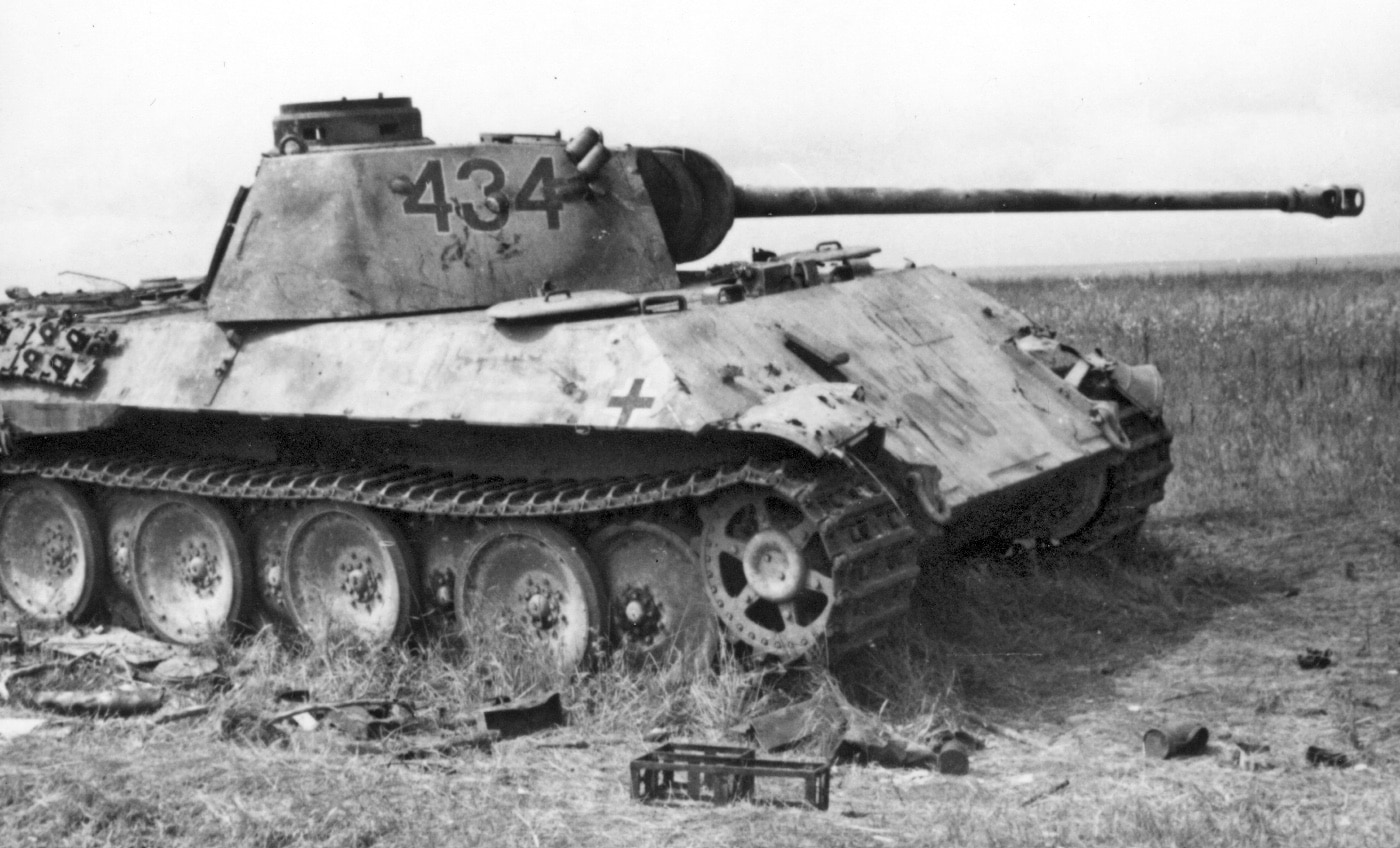
In order to create quick, cost-effective defenses, Organization Todt developed a series of prefabricated, easily emplaced steel shelters beginning in late 1943. One of these was adapted to mount the Pzkpfw V Panther turret and take advantage of its tremendous firepower. This project, dubbed “Pantherturm”, drew considerable interest from Hitler himself. The Panther turret bunkers would eventually become one of the most feared defensive structures of the war — particularly in Italy.
The Details
The OT steel shelter consisted of three components:
The “upper box”: This was the main fighting compartment, to which the turret was directly attached. The armored box structure measured 10 feet square and 3 feet high — deep enough to hold the Panther turret basket and provide ammunition storage.

Even though the upper box was intended to be buried, it was still armored. The roof featured 100mm thick armor protection, and incorporated the turret race. The walls were 80mm thick and provided bins that held 175 rounds of 75mm ammo. The machine gun ammunition for the coaxial MG34 (4,500 rounds) was stored in the turret.
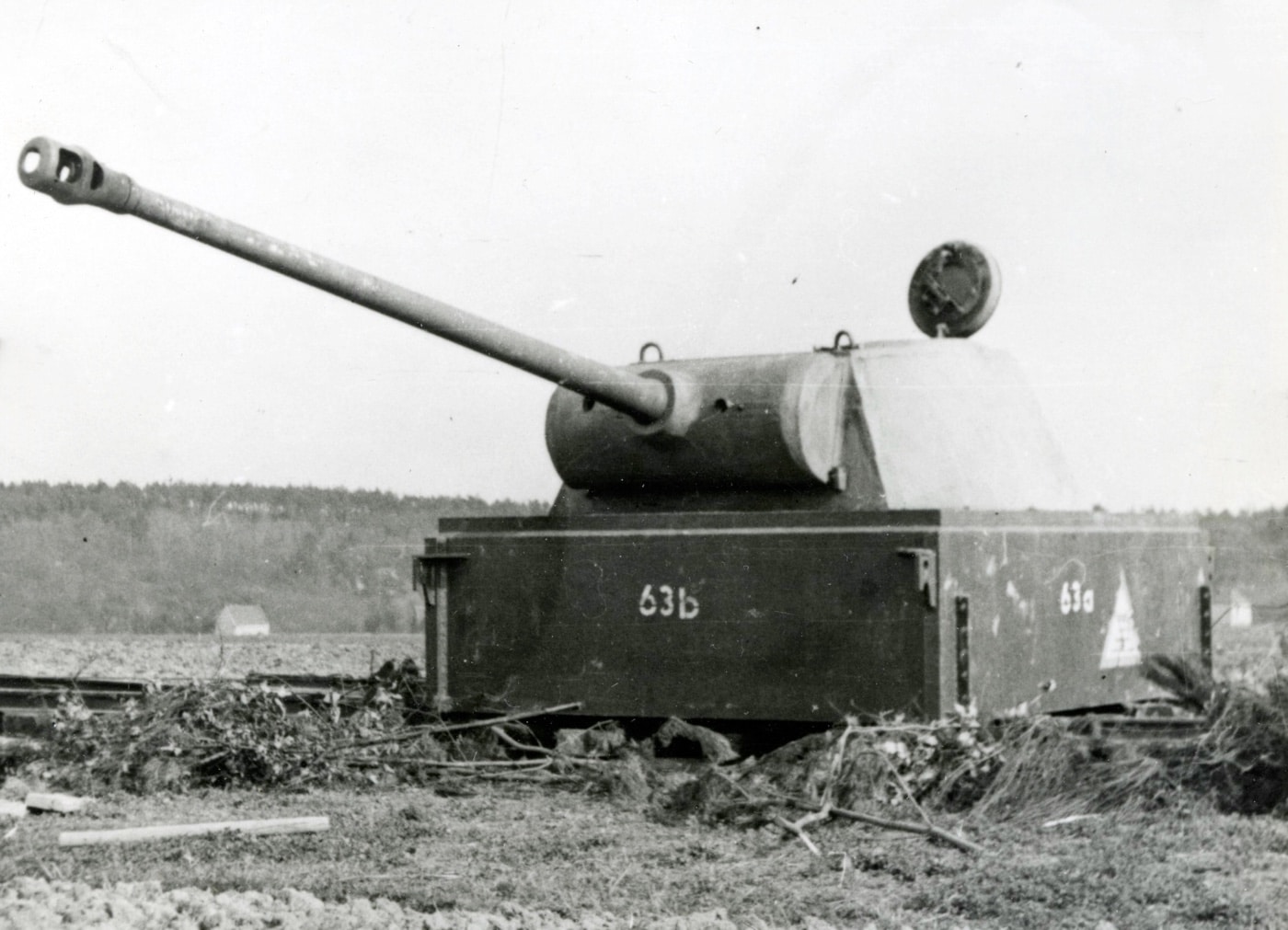
The “lower box”: This 6-foot high structure provided the living quarters for the three-man crew. Positioned lower in the ground, it was protected by less armor: exterior walls were 70mm thick. Three internal compartments lined with boards, and this included the living compartment, with three fold-down bunk beds and a heating stove (with an exhaust pipe). If a radio was installed, the communications gear would replace one bunk bed. The escape hatch from this compartment led to a wood-lined shaft with climbing rungs.
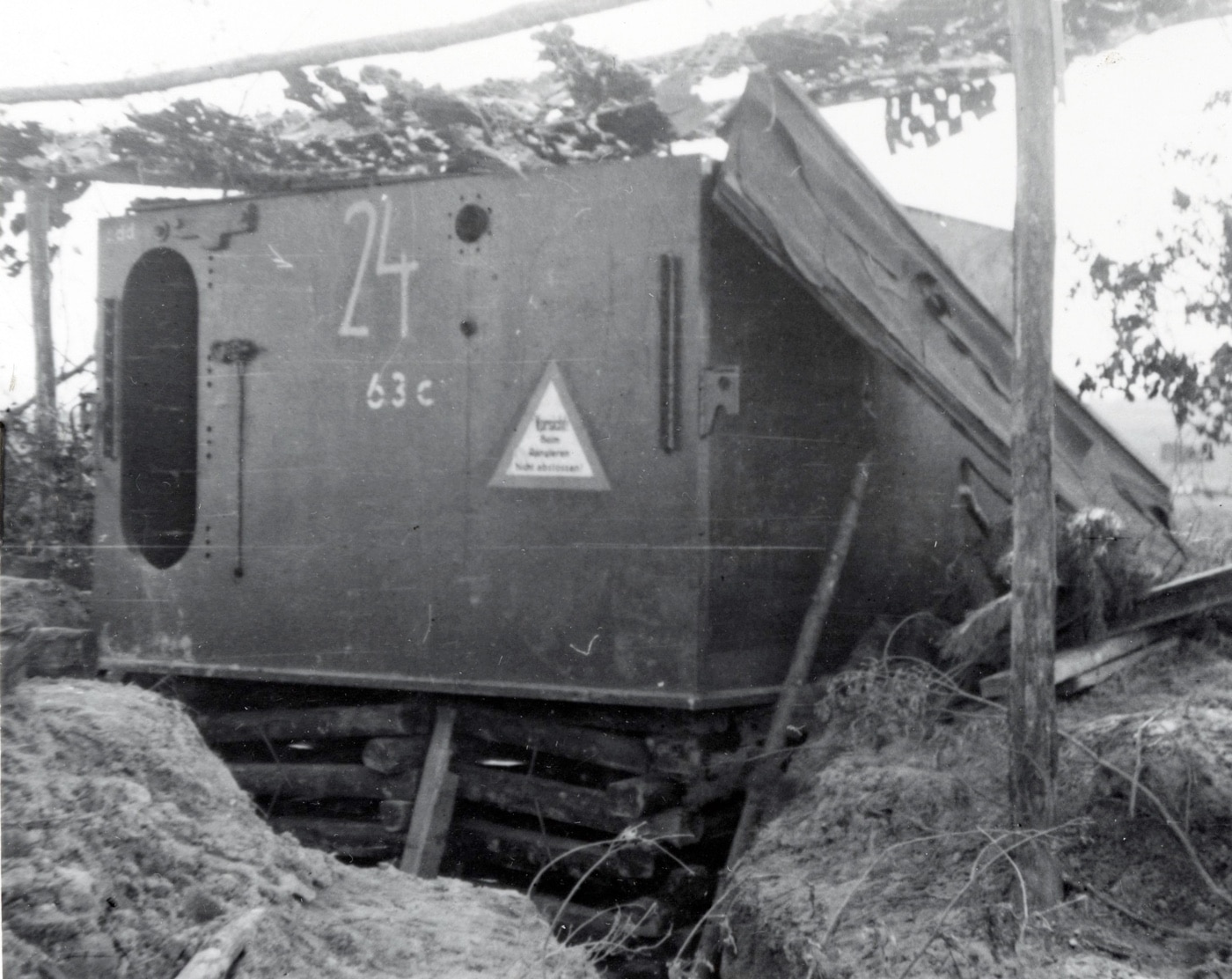
There was an equipment room that housed a 2hp motor, 600-watt dynamo, 150-amp storage battery, and a 20-litre compressed air tank. These powered the lights and an electric fan in the turret, plus a compressor to extract fumes from the 75mm barrel (the turret quickly filled with smoke and was unusable without it). This compartment also had the main door (equipped with a pistol port) leading to a camouflaged trench.
The initial Panther turrets were fitted without a power traverse and thus were operated by hand. They were painfully slow and difficult to traverse, turning at best two degrees per second. Also, early models suffered from debris and fragments that damaged and jammed the turret ring. This was fixed by adding an armored plate for additional protection to this sensitive area.
To disguise the tell-tale disruption and damage caused by the 75mm gun blast in the loose soil surrounding the bunker, a concrete apron was constructed. This also provided additional protection against plunging artillery fire.
As 1944 wore on, shelters were greatly simplified to save on strategic materials and construction time, and were built of reinforced concrete and later of wood. Early problems with the wood shelters were caused when the heavy Panther turret caused the whole structure to sag, with the turret sinking far enough into the earth to jam it. One benefit of the later bunker construction was that the Panther turrets were provided with a power traverse mechanism.

The Panther Turret: The initial turrets were of the Panther D type taken directly from the main production line. These were mainly seen in use on the “Hitler Line” in Italy. Later, “A type” turrets were refurbished or taken from derelict vehicles and used. Most of these turrets were unmodified when used on the bunkers, and the original 16mm turret roof armor of the Panther proved inadequate protection against artillery fire.
The led to a slightly redesigned Panther turret made specifically for the Pantherturm fortifications: the “Ostwallturm”.

The mantlet was narrowed slightly, and the commander’s cupola was removed, replaced by a simple flat hatch equipped with a periscope. The Ostwallturm was often equipped with the “Nebelwurfgerat” close-defense weapon that could fire S-mines or smoke grenades. The roof armor was increased to 65mm to protect from plunging artillery — and claims were made that the new roof armor could resist an impact from a U.S. 155mm or British 25-pounder shell.
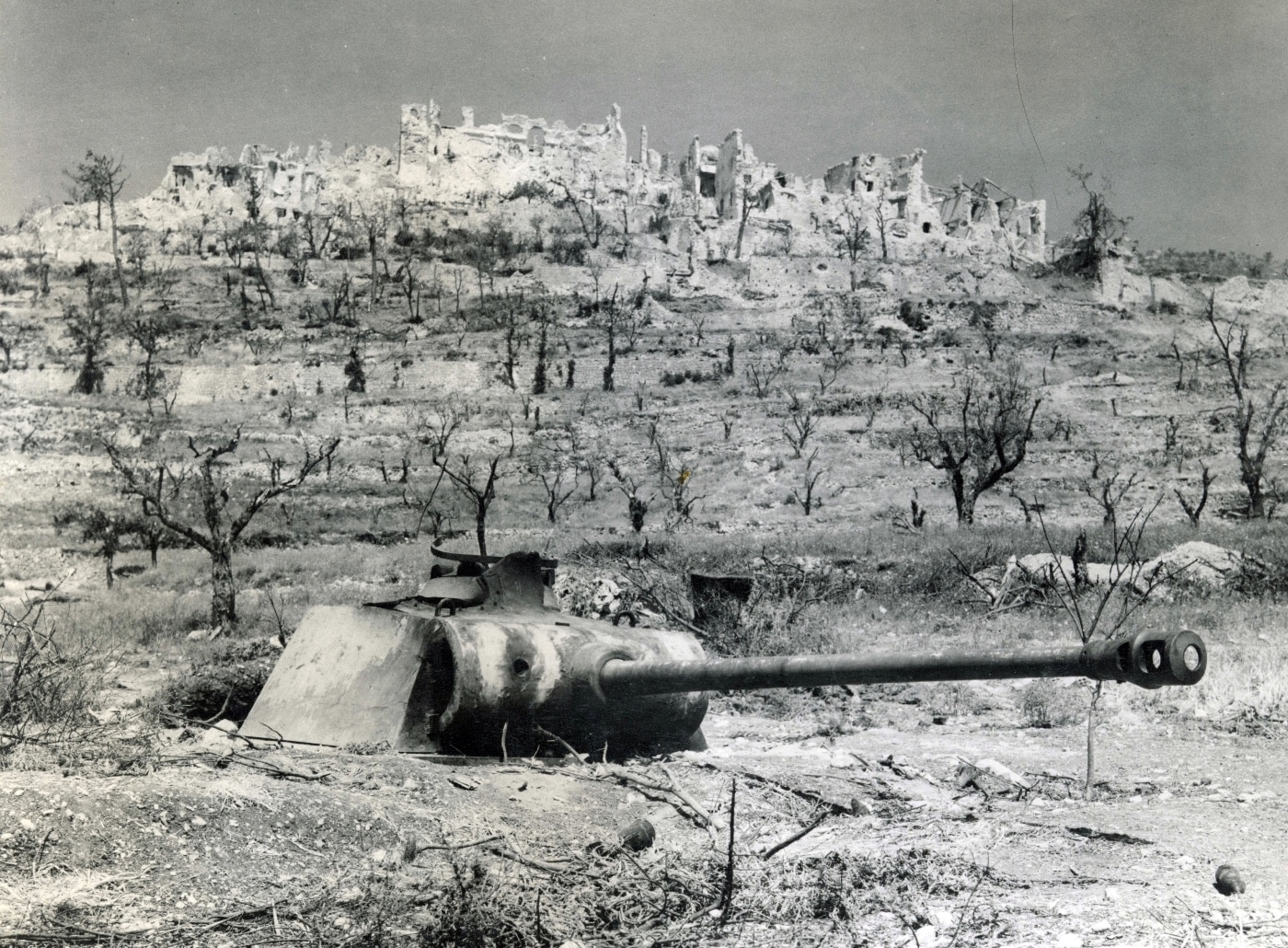
To help hide the long shadow of the 75mm gun barrel, a narrow channel of two rows of camo-painted sandbags was used. Plants, trees, sod clumps and sometimes snow had to be cleared to allow the turret to traverse easily.
In Practice
Later in the war, entire disabled Panther tanks were placed into “hull down” positions by simply digging them into pits. This was the quickest emplacement of a Pantherturm, although not a sustainable method. The Pantherturm used a crew of three: commander, gunner, and loader. A “Festungs — Panther Turm” company consisted of up to 12 turrets. In many situations, regardless of the battlefront, there wasn’t enough manpower to handle the down-and-dirty construction process, and the Pantherturm crews had to do much of the work on their own.

The Pantherturm bunkers were well-respected and they took a heavy toll on Allied armor, particularly in Italy. The British 25th tank brigade submitted this Operations Report, dated September 27, 1944, describing their encounters with the turret bunkers:
It now seems reasonable to state that the basis of the ADOLF HITLER LINE was the two-man MG pillbox against infantry and the concrete casemated surmounted by the PANTHER turret against tanks. This basic lay-out was strengthened by mobile forces in the form of assault guns, tanks and Nebelwerfer batteries. Liberal use was made of demolished buildings to house the permanent defenses and so make them as near as possible proof against artillery fire.
Based on dug-in tanks, dug-in anti-tank guns, and in some cases tank turrets complete in concrete emplacements (several being from Panther tanks), MGs in steel casemates all of which were supported by SP anti-tank guns and a few tanks which stalked any of our tanks they could find. These defenses were covered by minefields and wire in a number of places and snipers were hidden in slit trenches over the area, to snipe infantry, sappers and tank commanders. All anti-tank guns and MG casemates were most cleverly concealed and were rarely detected until one was right on top of them.

When asked how their artillery support affected the defenses of the Hitler Line, the British tankers reported that they were of little help:
It does very little harm to well dug-in positions. On the HITLER LINE defenses had been in preparation for the past six months e.g., Panther turrets placed on top of concrete rooms which had been excavated to a depth of 12 feet. In these cases, the gun was only about a foot above the ground level and consequently impossible to see until right on top of it. All anti-tank guns were well dug in and completely concealed.
Hitler’s Investment
Well-sited and protected by minefields and machine gun positions, a Panther turret bunker was one of the most difficult anti-tank defenses that the Allies encountered in the entire war. The 7.5 cm KwK 42 (L/70) gun (3,070 fps muzzle velocity) could handle the frontal armor on any Allied tank at 1,000 meters, and the relatively small size of the turret flush with the ground presented a difficult target to hit.

When the Panther turret bunkers were overcome, it was a grueling exercise in Allied tank-infantry cooperation with significant artillery support. In their attacks on the Hitler Line in Italy, Commonwealth tankers often had to close within 300 meters of a Panther turret to destroy it with tank fire. Losses among attacking tanks in these cases were frequently severe. Allied reports recounted “in front of each Panther turret position, there was a graveyard of Churchill and Sherman tanks.”

In Italy, the Panther turret bunkers delivered a tremendous return on Germany’s anti-tank investment. While the world’s attention was focused on Normandy, the Allied troops in Italy found Churchill’s “soft underbelly of Europe” to be a “tough old gut”, often courtesy of the Panther turrets.

The Panther turret bunkers also appeared on the West Wall in Germany, although the turrets were increasingly mounted on simplified shelters — the bunker-shelter made of reinforced concrete and later of heavy wood. While the Panther turret weapons remained effective, the openness of the terrain and the speed of the Allied advances limited the impact the bunkers had on the West Wall defense.
Smaller numbers of Panther turret bunkers were used on the Eastern Front, and in the waning days of the Reich, Panther turrets could be found hastily mounted to cover key intersections in eastern cities in Germany. At the very end, some disabled Panther tanks were simply dug in, or surrounded with earth and gravel to create a makeshift bunker.

The Panzerkampfwagen V Panther was arguably the finest tank of World War II, offering a particularly dangerous combination of mobility, armor protection and firepower. By the end of the war, Allied troops found the Panther’s turret alone to be a more than capable opponent.
Editor’s Note: Please be sure to check out The Armory Life Forum, where you can comment about our daily articles, as well as just talk guns and gear. Click the “Go To Forum Thread” link below to jump in!
Read the full article here


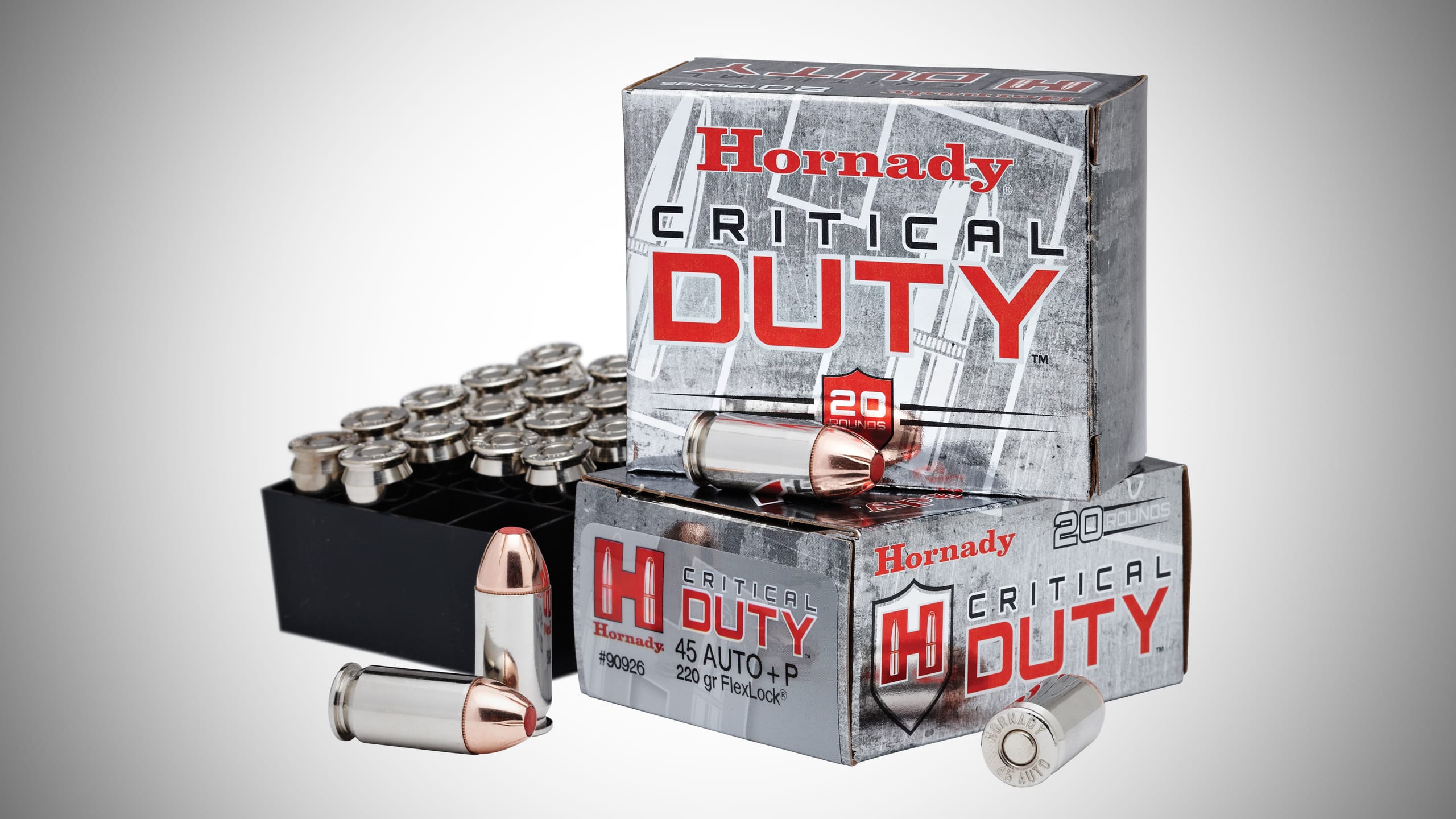





Leave a Reply